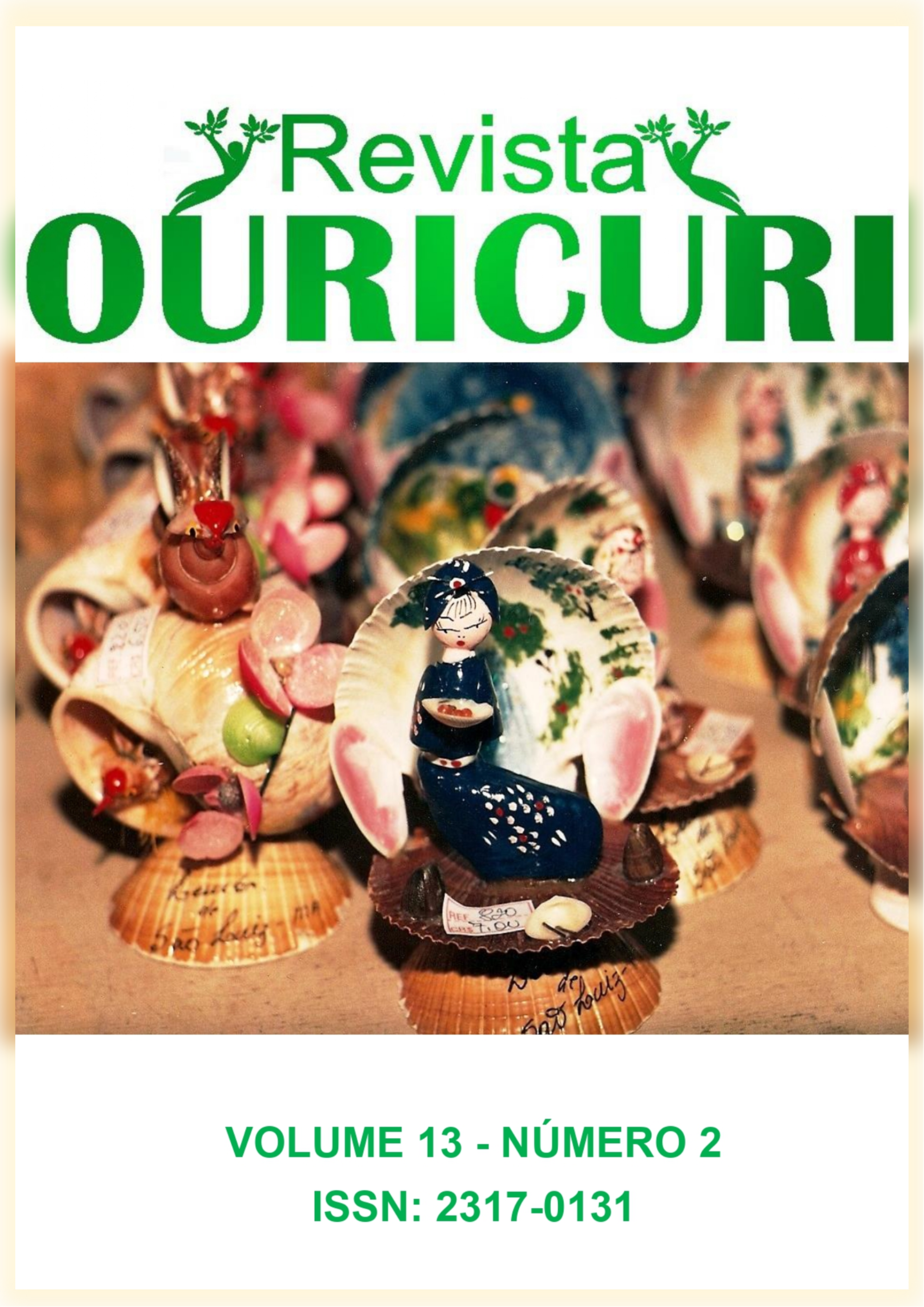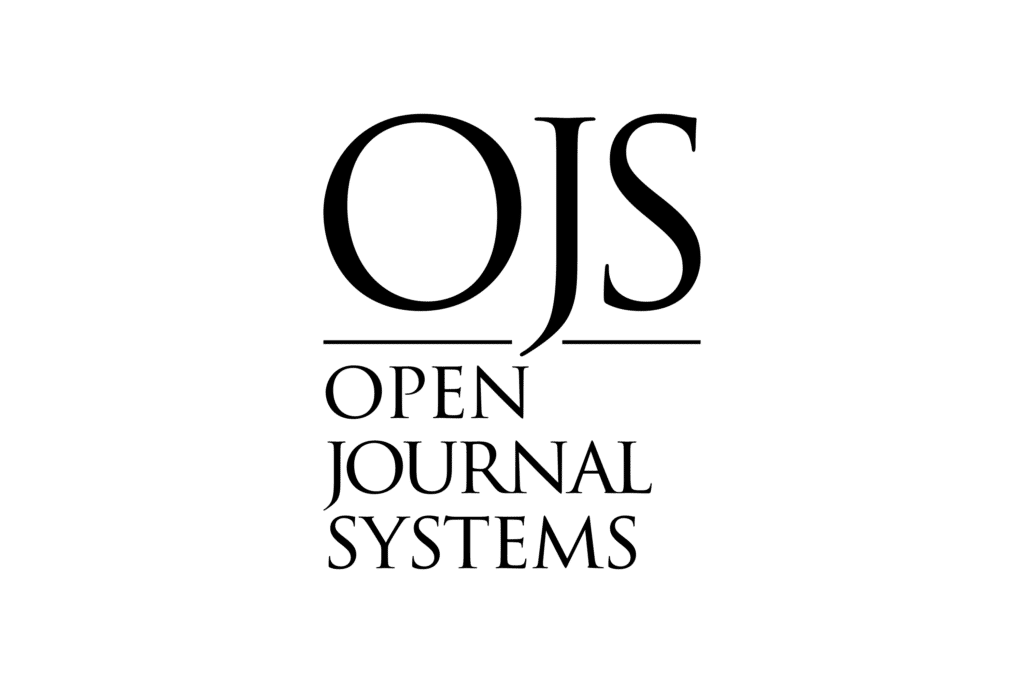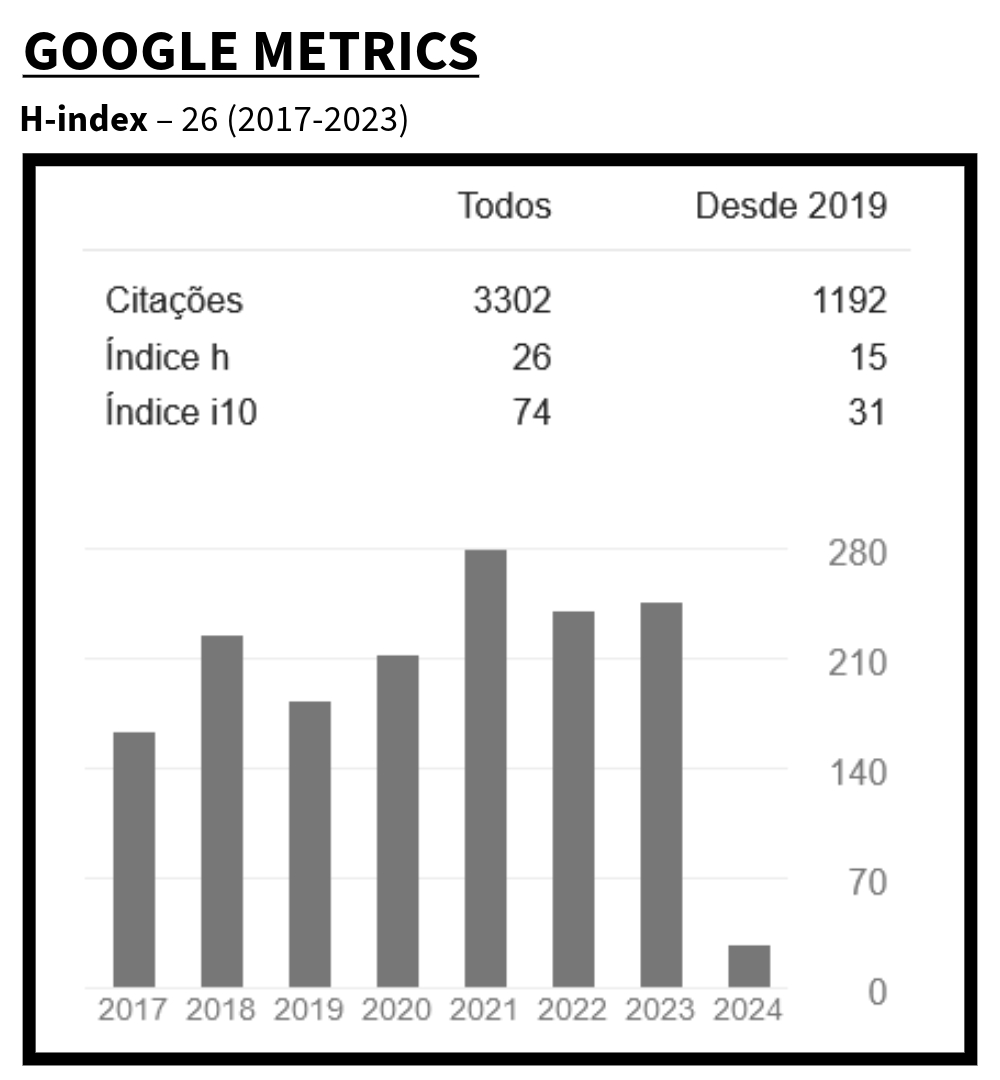Care for Nature in the Devastated Landscape of Itapuã, Salvador - BA
DOI:
https://doi.org/10.59360/ouricuri.vol13.i2.a18690Keywords:
urban landscape, climate crisis, ecological ethics, environmental recoveryAbstract
This essay results from the undergraduate research and extension activities carried out at the Faculdade de Arquitetura da Universidade Federal da Bahia, under project named “Restinga: estudo e reinserção do ecossistema na paisagem urbana de Salvador”, and also the final papers “Paisagens indomáveis: encontros possíveis nas margens do Abaeté” (Silva, A., 2020) and “CIDADES-FLORESTA: Retomando territórios de vida em Itapuã” (Silva, J., 2020). In this essay, the proposal is to build, with texts and photographs, a brief critical narrative about practices of caring for nature at the neighborhood of Itapuã, Salvador-BA, in a context of social, ethical and climatic crisis, as well as territorial disaggregation and socio-environmental devastation. Such practices, mainly planting and a special attentiveness to waters, registered between 2019 and 2020 during walks through the territory - some of which were guided or promoted by local residents, conversations and community actions, desmonstrate how the complex social-historical and biocultural network surrounding the territory of Itapuã continues to resist and (re)invent itself, despite how fragilized by colonial/developmental urbanization processes in Brazil it is, and indicates how necessary is for cities to be reformulated in order to enable the expansion and healthy resurgence of the most diverse and autonomous life forms.
Downloads
References
Almada, E. D.; SOUZA, M. O. Quintais como patrimônio biocultural. In: Almada, E. D.; Souza, M. O. (Org.). Quintais: Memória, resistência e patrimônio biocultural. Belo Horizonte: EdUEMG, 2017, p. 15-28.
Alves, M. R. S. et al. O papel dos espaços livres na preservação ambiental: O caso da APA Lagoas e Dunas do Abaeté, Salvador-BA. In: XIV ENEPEA 2018 Escalas da paisagem - dos fragmentos à reconectividade, 2018, RS. Anais XIV ENEPEA - ST2 Multifuncionalidade da paisagem e dos usos e atividades nos espaços livres, 2018. Disponível em: <https://drive.google.com/file/d/1xxTir3Y9xuH2hto_GwFp3UjGjWaxKGAT/view>. Acesso em 04 ago. 2023.
Avanzo, P. E. Importância da Geologia nos estudos de impacto ambiental. Abaeté: um exemplo. Salvador: Centro Editorial e Didático da UFBA, 1990.
Bahia. Resolução nº 3.023 de 20 de setembro de 2002. Zoneamento Ecológico – Econômico da APA Lagoas e Dunas do Abaeté. Salvador, 20 set. 2002.
Brasil. Lei nº 6.902 de 27 de abril de 1981. Brasília, DF, 25 abr. 1981.
Cardoso, T. M.; Santos, G. M. Emergência climática: questões e possíveis saídas. Suplemento Pernambuco, Recife, nº 197, p. 0 - 0, 18 jul. 2022. Disponível em: <https://www.academia.edu/100640451/Emerg%C3%AAncia_clim%C3%A1tica_quest%C3%B5es_e_poss%C3%ADveis_sa%C3%ADdas> Acesso em 02 ago. 2023.
DANOWSKI, D.; VIVEIROS DE CASTRO, E. Há mundo por vir? Ensaios sobre os medos e os fins. Desterro, Florianópolis: Cultura e Barbárie: Instituto Socioambiental, 2014.
Diegues, A. C. S. O Mito da natureza intocada. São Paulo: Hucitec, 2001.
Gandon, T. d’ R. A voz de Itapuã. Salvador: Edufba, 2018.
Gilroy, P. O Atlântico Negro: modernidade e dupla consciência. São Paulo: Editora 34; Rio de Janeiro: Universidade Cândido Mendes, Centro de Estudos Afro-Asiáticos, 2012 (2ª Edição).
Luz, N. C. do P. Itapuã da Ancestralidade africano-brasileira. Salvador: Edufba, 2012.
Lewis, S.L. & Maslin, M. A. Defining the Anthropocene. Nature. Reino Unido, vol. 519, pp. 171-180, mar. 2015. Disponível em: <https://www.nature.com/articles/nature14258>. Acesso em 02 ago. 2023.
Oviedo, A. F. P. E Doblas, J. As florestas precisam das pessoas. São Paulo: Instituto Socioambiental, 2022. Disponível em: <https://acervo.socioambiental.org/acervo/documentos/florestas-precisam-das-pessoas>. Acesso em 02 ago. 2023.
Santos, R. F. Planejamento Ambiental: teoria e prática. São Paulo: Oficina de textos, 2004.
Sampaio, A. H. L. Formas Urbanas: cidade real & cidade ideal contribuição ao estudo urbanístico de Salvador. Salvador: Quarteto Editora / PPGAU, Faculdade de Arquitetura da UFBA, 1999.
Santos, A. B. dos. Colonização, Quilombos: Modos e significações. Brasília: AYÔ, 2019.
______. Somos da terra. PISEAGRAMA, Belo Horizonte, número 12, página 44 - 51, 2018. Disponível em: <https://piseagrama.org/artigos/somos-da-terra/>. Acesso em 02 ago. 2023.
Silva, A. Paisagens Indomáveis: encontros nas margens do Abaeté. Monografia (Trabalho Final de Graduação - TFG), Universidade Federal da Bahia, Faculdade de Arquitetura, Salvador, 2020. Disponível em: https://drive.google.com/file/d/13BWg7mHW_y7_pZaTmNCew9vDUEzzGWZl/view?usp=sharing. Acesso em 28 jun. 2021.
Silva, J. Cidade-Floresta: retomando territórios de vida em Itapuã. Monografia (Trabalho Final de Graduação - TFG), Universidade Federal da Bahia, Faculdade de Arquitetura, Salvador, 2020. Disponível em: https://drive.google.com/file/d/11CsegJ11lfkhrudAMOd2ZjNe8uaMGiVT/view?usp=sharing. Acesso em 28 jun. 2021.
Silva, M. A. P. da. Pedra de Xangô: um lugar sagrado afro-brasileiro na cidade de Salvador. Dissertação de mestrado. Faculdade de arquitetura e urbanismo, UFBA. Salvador, 2017.
Sousa, A. N. de. Orla Oceânica de Salvador: mar de representações. Salvador: EDUFBA, 2011. 160 p.
Souza, E. B. de. Planejamento e Gestão da Orla Marítima de Salvador – Bahia. Dissertação de Mestrado. Programa de Pós-Graduação em Geografia, UFBA/IGEO, Salvador, 2017. 316 f.: il
Trói, M. DE . Salvador das mobilidades e da crise climática. REVISTA COLETIVA FUNDAJ, v. 1, p. 01-10, 2020. Disponível em: <https://www.coletiva.org/dossie-emergencia-climatica-n27-artigo-salvador-das-mobilidades-e-da-crise-climatica>. Acesso em 02 ago. 2023.
Tsing, Anna Lowenhaupt. Viver nas ruínas: paisagens multiespécies no Antropoceno. Brasília: IEB Mil Folhas, 2019.
Unger, N. M. Da foz à nascente: o recado do rio. São Paulo, Cortez; Campinas, SP: Editora da Unicamp, 2001.
Downloads
Published
How to Cite
Issue
Section
License
Authors who publish in this journal agree to the following terms:
a) Authors maintain copyright and grant the magazine the right of first publication, with the work simultaneously licensed under the Creative Commons Attribution License which allows sharing of the work with recognition of authorship and initial publication in this magazine.
b) Authors are authorized to enter into additional contracts separately, for non-exclusive distribution of the version of the work published in this journal (e.g., publishing in an institutional repository or as a book chapter), with recognition of authorship and initial publication in this journal.
c) Authors are allowed and encouraged to publish and distribute their work online (e.g. in institutional repositories or on their personal page) as this can increase the impact and citation of the published work (See The Effect of Open Access).













 B1 (2017-2020)
B1 (2017-2020)



















